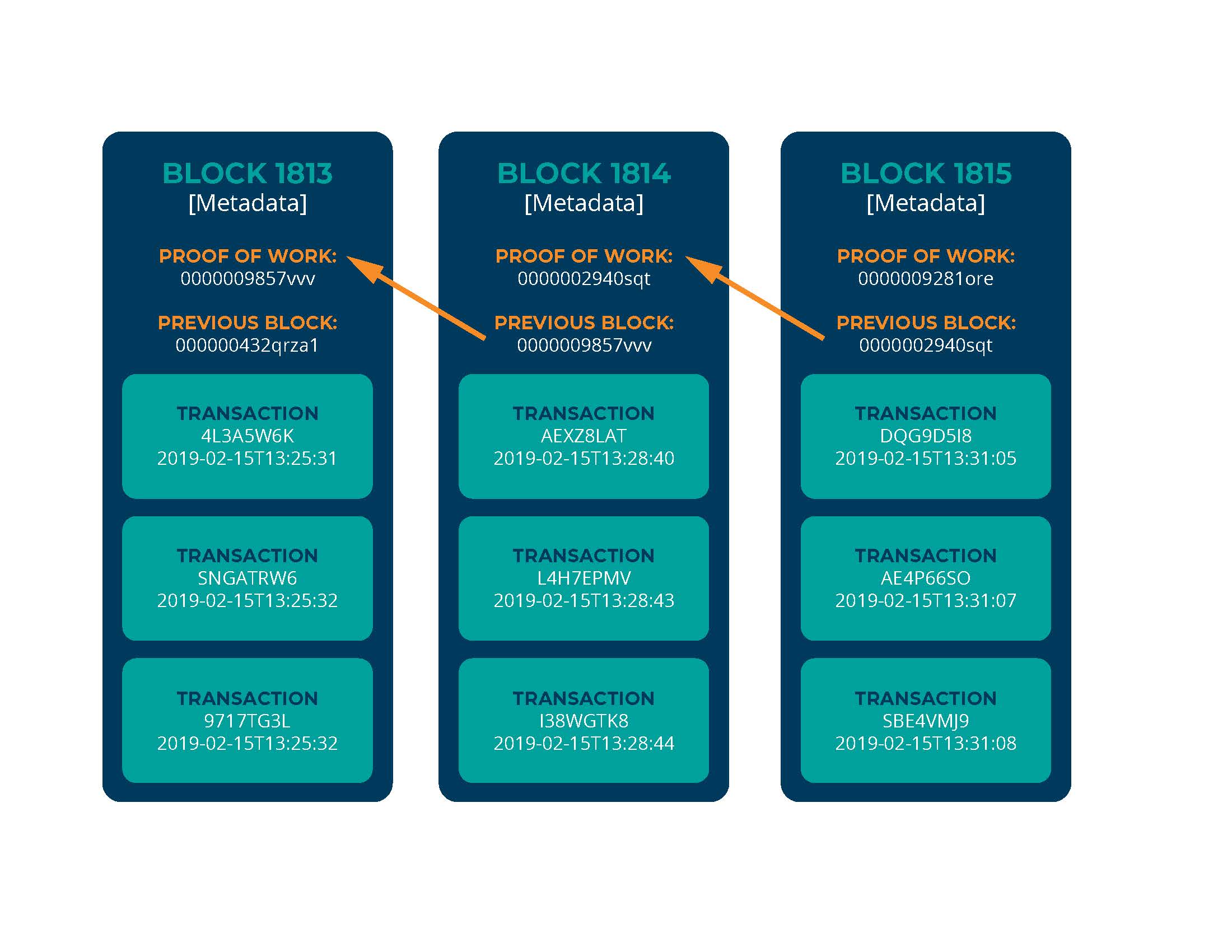This website uses cookies so that we can provide you with the best user experience possible. Cookie information is stored in your browser and performs functions such as recognising you when you return to our website and helping our team to understand which sections of the website you find most interesting and useful.
How Blockchain Applies to Manufacturers

The beauty of blockchain can be seen in how it operates, while also revealing its many uses as it is applied to different areas of business and communications, including manufacturers. When people think blockchain, they are often reminded of Bitcoin or other cryptocurrencies; however, its potential for businesses and industries is far greater than that.
Blockchain Basics
A blockchain is a decentralized, distributed ledger made up of individual cryptographically linked blocks that can store and record transactions. This series of blocks forms the chronological chain of data. After a block is written to the blockchain, it is synchronized across the member computers, called nodes. Nodes are the computers belonging to the peer-to-peer network supporting the blockchain. Blocks can never be removed from the chain, only added. Each block contains a timestamp, information on the identity of the account writing to the blockchain, the data or exchanged value, and a hash of the previous block (with the exception of the first block).
Leaders in the manufacturing industry can use blockchain, for example, to track the status of shipments and transactions. When all parties are seamlessly part of the network, there is complete transparency as to the status of the entire transaction, from the orders down to delivery.
Cryptographically Linked
Including the hash of the previous block, the data becomes immutable or unchanging. Any change to a previous record would alter the hash. If this occurs, the other nodes will not write the block to the blockchain, thus maintaining the integrity of data. Since a blockchain is not a centralized network, it doesn’t have any centralized nodes that hackers can exploit.
Consensus
With data being continually added, blocks must be sent to other nodes for validation. The nodes verify each record before relaying those blocks to other nodes. In many cases, specific nodes perform a proof of work. Sometimes called “miners,” the select nodes confirm consensus across member nodes before calculating an unused, random value, then using the value and data to perform a cryptographic hash and writing the block to the chain. Other methods of verification include proof of stake and proof of authority. The specific implementation will define which is used.
A manufacturer’s supply chain is often vastly complex, which can make complete transparency challenging. It’s especially challenging when the manufacturer builds and ships new equipment as well as service parts. By entering each transaction of the supply chain into the blockchain, everyone across the company can see the status of each part coming into the factory. This way, the finance department knows when it’s time to bill for services, and various production departments know when they can proceed with their portion of the order. Most importantly, customer service can easily tell customers the status of their orders.
Blockchain Removes the Middle Man
Many mechanisms of exchange involve an intermediary or trusted third-party to broker or validate the exchange. Examples include using cash to make purchases or having a Notary Public sign a land title. Blockchain provides a novel approach to these problems that removes the need for an intermediary, allowing individuals to add directly to the chain and having the blockchain nodes validate additions. After adding to the blockchain, the data is exchanged in almost real time across nodes. Each node contains a full copy of the blockchain. This decentralization prevents a single instance from making unauthorized alterations to the blockchain and replaces a designated third-party arbiter through distributed verification.
This transparency makes it easier to track down faulty parts, too. If a company learns that a part installed in their equipment is faulty, they can look at the blockchain to learn which supplier is responsible for the faulty parts and which customers have the faulty parts.
From there, the company can immediately notify their customers of the problem and bring them in for replacements before they even experience an issue. The company can also contact the supplier without a delay due to time tracing the source of the parts back to suppliers.
Recap
Ultimately, this means that blockchain technology may be used for many purposes beyond just Bitcoin. The technology can be applied to purposes like contracts, trading goods, voting, or bills of sale. A blockchain can be publicly available or restricted to a specific group. As the blockchain’s data is readable, any node will have access to the contents. A private blockchain can be limited to nodes within an organization or between defined companies to increase privacy and restrict access to the protocol.
Since the technology is still in its relative infancy, possibilities are only increasing. Keep in mind, your consideration of the details surrounding blockchain could inspire additional uses for the technology that benefit your organization. Please contact us to discuss your options or read more about blockchain for manufacturers here.
This publication contains general information only and Sikich is not, by means of this publication, rendering accounting, business, financial, investment, legal, tax, or any other professional advice or services. This publication is not a substitute for such professional advice or services, nor should you use it as a basis for any decision, action or omission that may affect you or your business. Before making any decision, taking any action or omitting an action that may affect you or your business, you should consult a qualified professional advisor. In addition, this publication may contain certain content generated by an artificial intelligence (AI) language model. You acknowledge that Sikich shall not be responsible for any loss sustained by you or any person who relies on this publication.




